15 Worst Things About Retro Gaming
Wires, lost progress, terrible consoles...gaming's "golden days" weren't always that great.
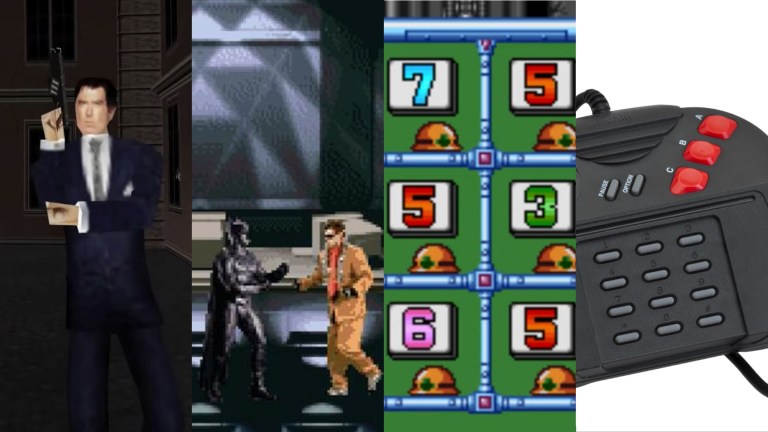
We love retro gaming here at Den of Geek. I always look forward to diving deep into gaming history and returning with fond memories of days gone by as well as a few new discoveries. At a time when so many studios are willing to ignore some of the greatest games ever made, it often feels more important than ever to celebrate what was and learn whatever lessons we can from gaming’s past.
Having said that, it is just as important to realize that not everything was better back in the day. Many aspects of gaming have improved quite a lot over the years. So before you allow yourself to fall too far down that nostalgia rabbit hole, it might be best to remind yourself of a few of the harsher realities of retro gaming.
Before we get into that, though, please note that I used a rough “20-year” rule for this list. In other words, I considered “retro” to be anything that occurred at least 20 years ago (though I usually focused on things that were even older than that).
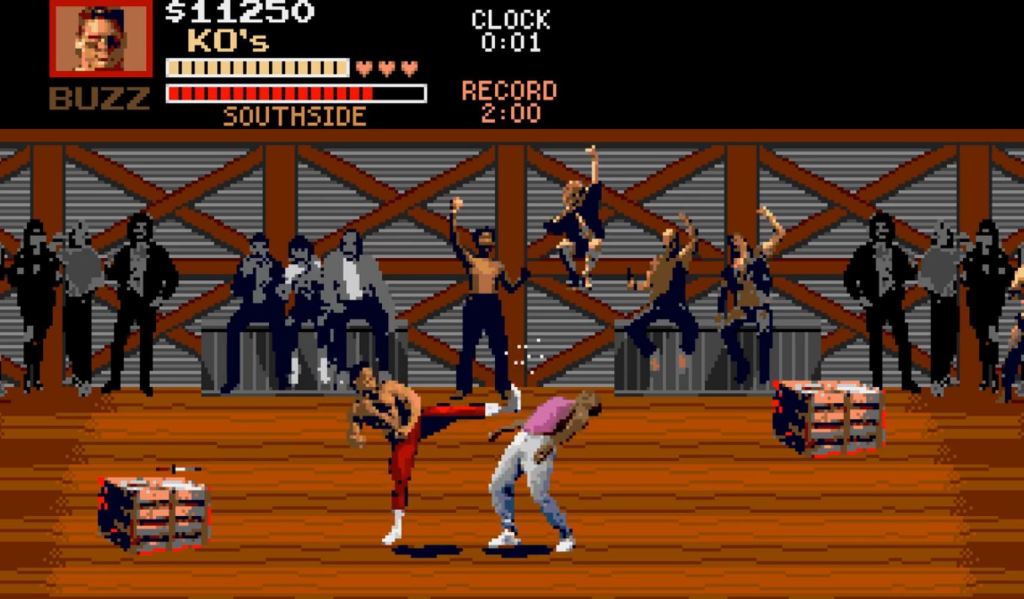
15. Frequently Bad Ports of Good Games
While bad ports are not unheard of in modern gaming (just ask PC gamers), general quality standards tend to be fairly high in that particular section of the industry. For instance, Elden Ring plays roughly the same on PS5 as it does on Xbox Series X. You can usually be reasonably sure such games will function relatively the same across multiple platforms and offer the same basic experience.
That wasn’t always the case, though. As far back as the Atari era, companies had no problem churning out truly terrible ports of beloved arcade games. Even the SNES and Genesis were plagued with terrible arcade ports (even if things started to get a bit better during those eras). Then you have games that could be incredible on one console but bad (or noticeably inferior) on another. The less said about the studios that boldly tried to bring PC games to consoles that clearly couldn’t support them, the better.
Again, this problem hasn’t gone away, but it’s far less common to see ports of such wildly varying quality across major modern platforms. Actually, this particular problem with retro gaming was made even worse by the next problem on this list…
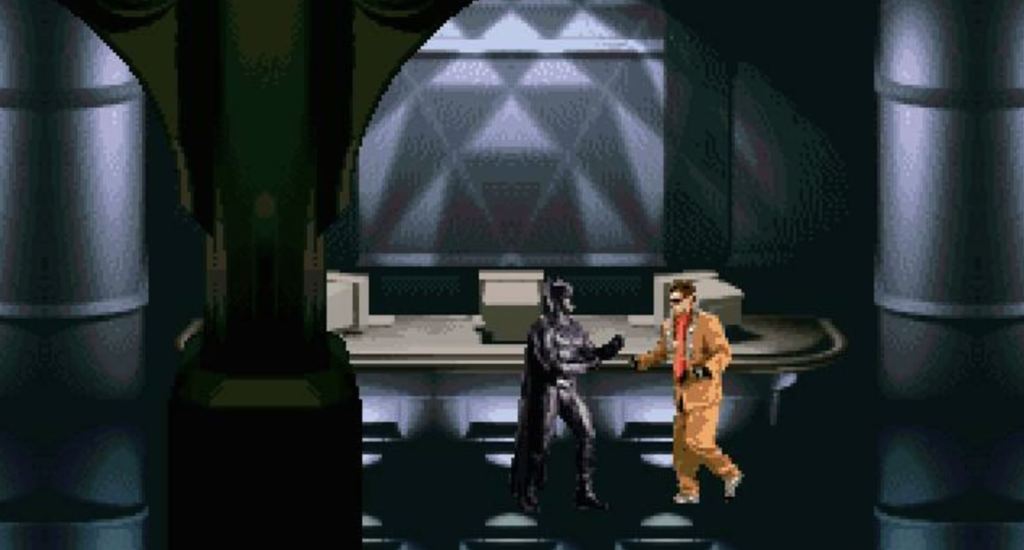
14. Very Few Ways to Tell How Good a Game Was
Although modern gaming criticism is often subject to a (sometimes healthy) degree of scrutiny, the fact of the matter is that we live in a golden age of feedback and information from a consumer perspective. Opinions can vary wildly, and bad faith takes are a constant annoyance, but it’s easier than ever to tell if a game is at least worthy of your consideration.
However, for longer than some may care to remember, it was surprisingly difficult to tell if a game was even functional much less if it was good. Professional reviews were rarely published and distributed (and were still subject to the same issues we see today), and there was no way word of mouth and the print industry could adequately cover every game on the market. That also led to a shocking number of genuinely great games being overlooked while lesser games dominated sales charts. The seemingly simple act of purchasing a game was too often a leap of faith.
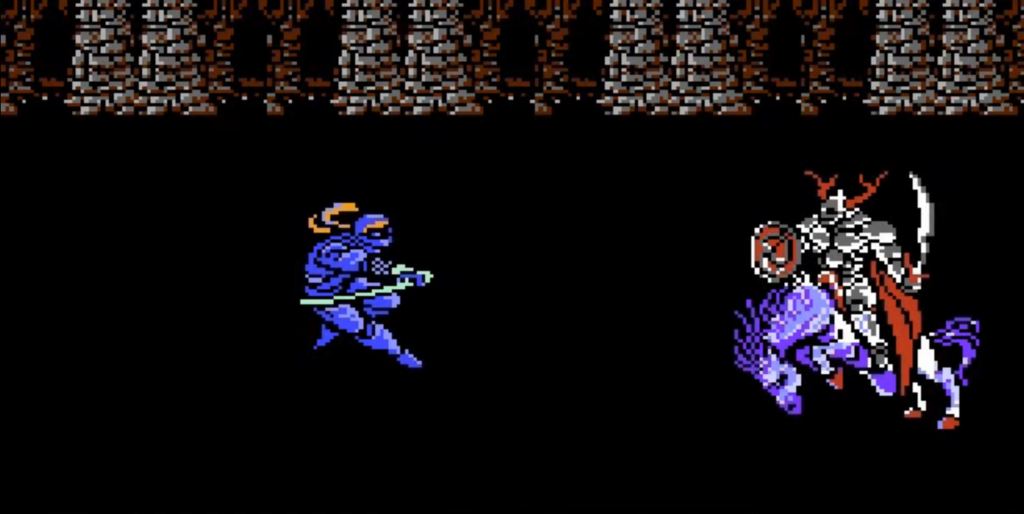
13. Region-Locked and Region-Limited Releases
Though region-specific releases are not unheard of in the modern gaming industry, it’s pretty rare for a notable game to be limited to a specific region for a prolonged period of time. Even games that don’t get an official global release usually benefit from emulation and fan translations.
For quite some time, though, some gamers in some regions could only dream of playing certain titles unless they acquired specific pieces of hardware and learned a new language. The region-based era of video game releases resulted in a stunning number of incredible games that were inaccessible to the majority of people and would still be considered lost today if it wasn’t for those emulations noted above.
For that matter, it’s wild to even try to remember a time when games and consoles would regularly be released in certain countries months or years before the rest of the world got the chance to buy them.
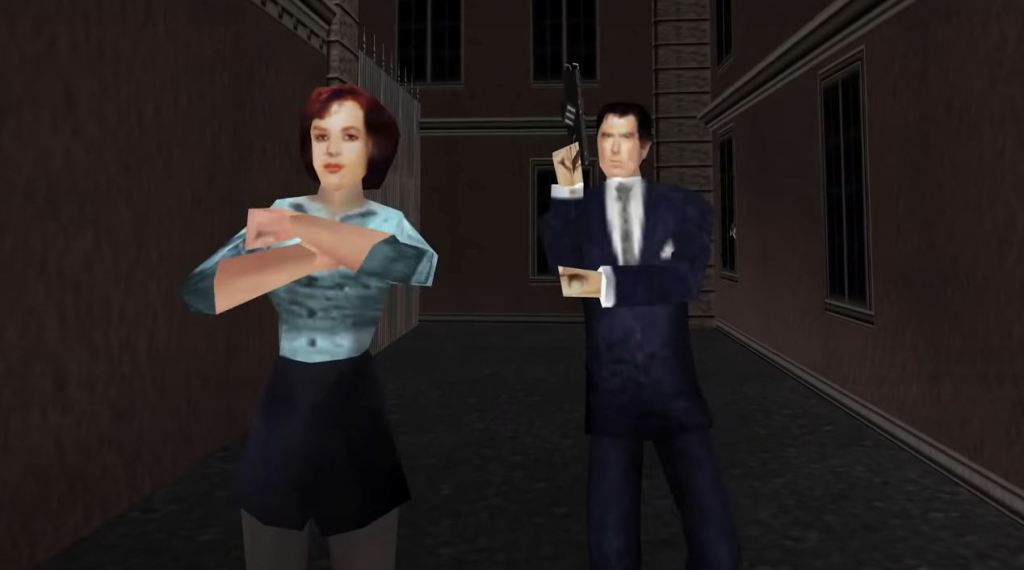
12. Stealth Sections, Escort Missions, and other Forced Gameplay Mechanics
Have you been enjoying blasting your way through globe-trotting goons in GoldenEye 007? Too bad, you now have to escort a largely helpless Natalya as she walks into every enemy bullet. Loving the ability to mix guns, gadgets, and espionage in Syphon Filter 2? Sorry to hear that, because you’re now forced to beat a stealth mission that can end as soon as an off-screen enemy sees you.
While the practice of forcing such gameplay mechanics into video games continued well into the 2000s (and still pops up from time to time today), that approach has always felt like a retro gaming hangover. At the very least, people have been complaining about these poorly executed deviations from the game they purchased for years, yet studios everywhere seemed to feel they were the ones that could make this idea work. A few good examples of such trends do not justify the nightmare experience of enduring the rest.
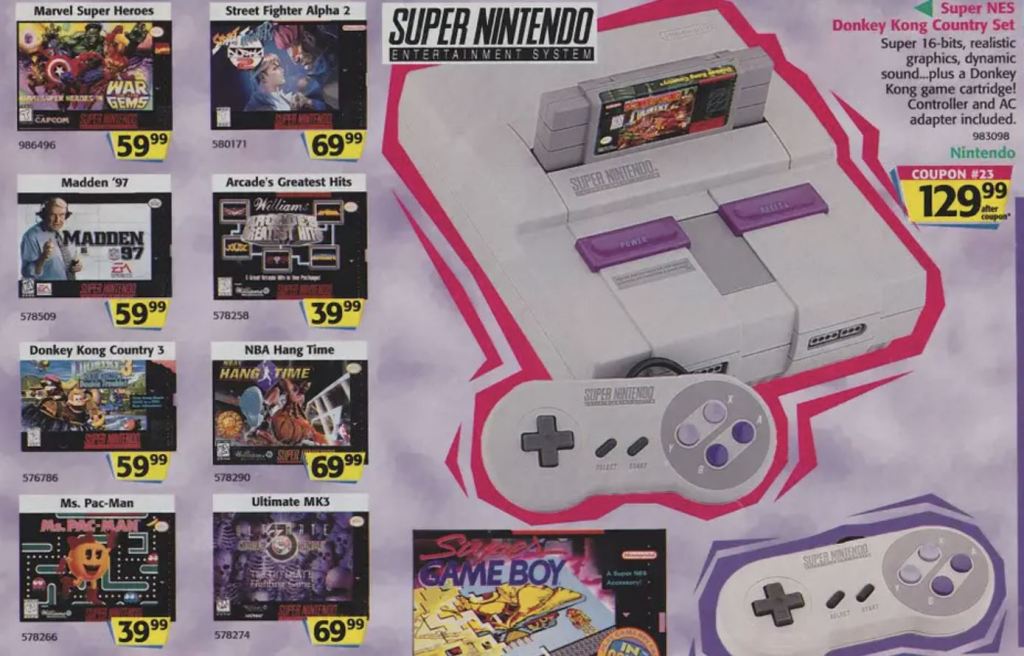
11. Absurd Hardware and Software Prices
When people talk about overpriced retro gaming hardware, they typically reference something like the Phillips CD-I (which cost $799 in 1991). What we tend to forget is how expensive most consoles were back then. For instance, the SNES retailed for $199 when it debuted in 1991, which would be about $450 today. Modern gaming hardware may retail for roughly the same amount, but the PS5 and Xbox Series X are multimedia marvels that support multiple generations of games. The SNES played SNES games (and couldn’t even play all of them depending on which region you were in).
Software prices were not only worse but could often vary wildly for no apparent reason. New releases could retail for anywhere between $40 to $70, but the price of a game was almost never an accurate indication of the size, scope, or quality of the experience. Gaming could be an incredibly expensive hobby back then, especially since so many retro games were designed to appeal to younger users who had no money to truly call their own.
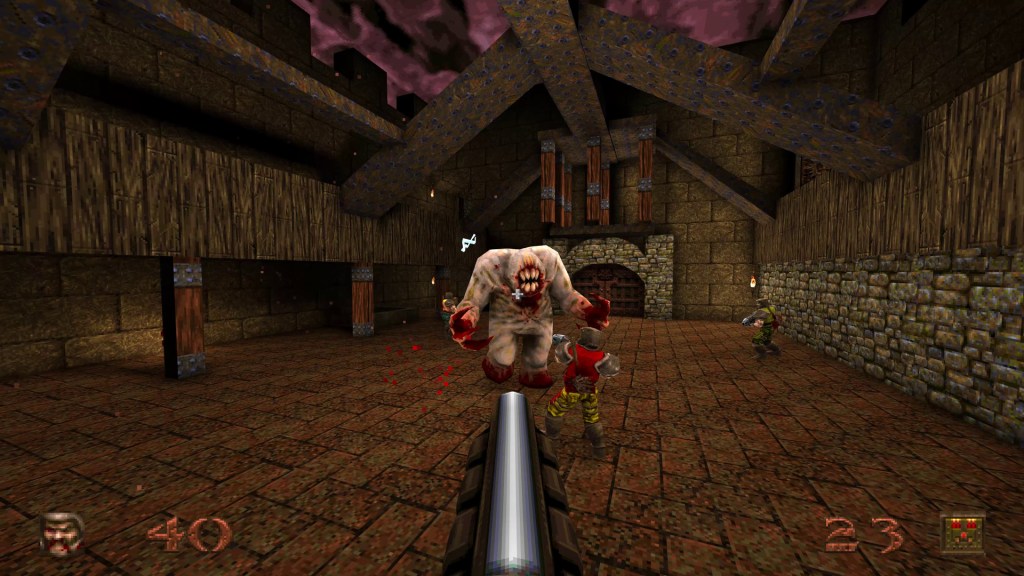
10. The Inaccessibility of PC Gaming
It blows my mind to look back at some of the most advanced PC games of the ‘80s and ‘90s and see the kinds of things that developers were accomplishing with relatively limited technology. Then again, it’s important to remember that there were quite a few people who had little chance of playing many of those games at the time they were released.
Along with the aforementioned cost issues (if you thought console gaming was expensive in the ‘90s, take a look at what gaming PCs cost), early PC gaming was plagued by general accessibility problems. Trying to figure out if a new PC game would actually run on your family computer often felt like it required a degree in engineering. More often than not, you had to resort to suffering through slideshow quality framerates at the lowest settings just to justify the very expensive purchase you just made. Mind you, the seemingly simple act of installing a new PC game on your computer could often go horribly wrong in surprising ways.
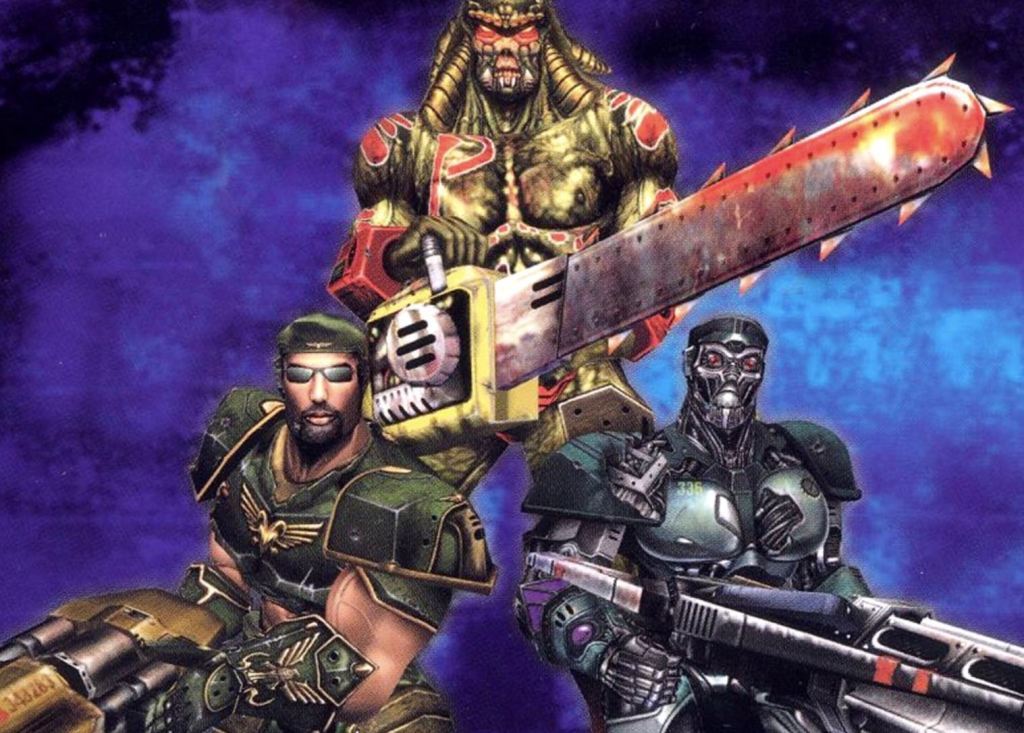
9. The Cruel Tease of Online Gaming (and Generally Limited Multiplayer Experiences)
I thought about including this point in the PC gaming section above, but it really touches upon a few issues with retro gaming.
If you were anything like me, you grew up dreaming of being able to play a game online. You’d hear about titles like Unreal Tournament, Everquest, or even NFL 2K, but their online modes may as well have been region-locked to another planet for all of the good they did you. At best, many families were dealing with painfully slow internet that was still wildly expensive and needed to be shared between multiple people. Realistically, most people didn’t have internet access in their homes for much of the ’90s and early 2000s. So you knew that a better option existed, but there wasn’t always much you could do about it.
That lack of online gaming options negatively impacted the entire multiplayer gaming scene for quite some time. If you weren’t into specific types of games (mostly racing games, sports games, or fighting games), your ability to regularly play games with others was far more limited than it is today (especially if you weren’t going to the arcade). It wasn’t until the N64 that we started to see a wider array of local multiplayer titles, and even that console’s multiplayer scene was something of an anomaly compared to the other consoles available at the time.
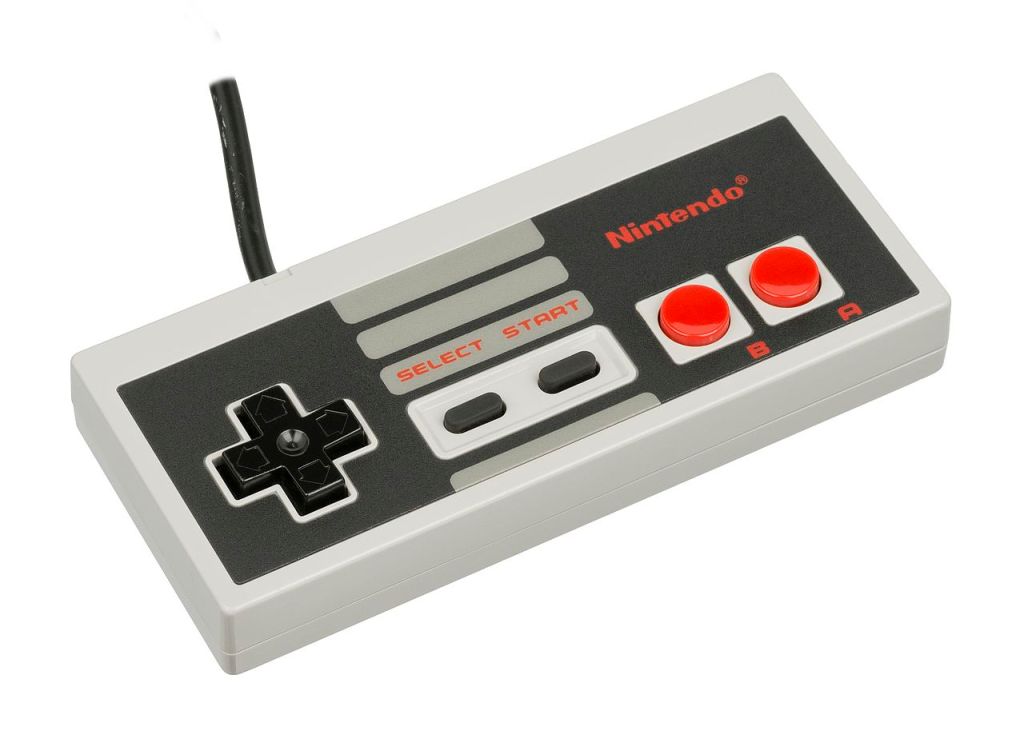
8. So Many Cables and Wires
Though not the worst thing about retro gaming (hence its relative place on this list), few things will throw cold water on your authentic retro gaming experience quicker than playing with wired controllers.
I’d say it’s remarkable that we all just accepted having to sit so close to a TV to play games, but that’s not entirely true. Most people hated dealing with cables and wires even back in the day. Controller cords were constantly getting tangled, being tripped over, and even causing consoles to fall off their shelves. It took a remarkably long time for wireless controllers to become both standard and consistently functional.
It wasn’t just the controllers, though. Wires were not only more common with many pieces of retro gaming hardware (especially if you purchased accessories), but they were often prone to wearing down or simply never functioning as intended. What gamer of a certain age doesn’t remember dealing with a slightly off picture or muffled sound because that one composite cable started acting a bit wonky?
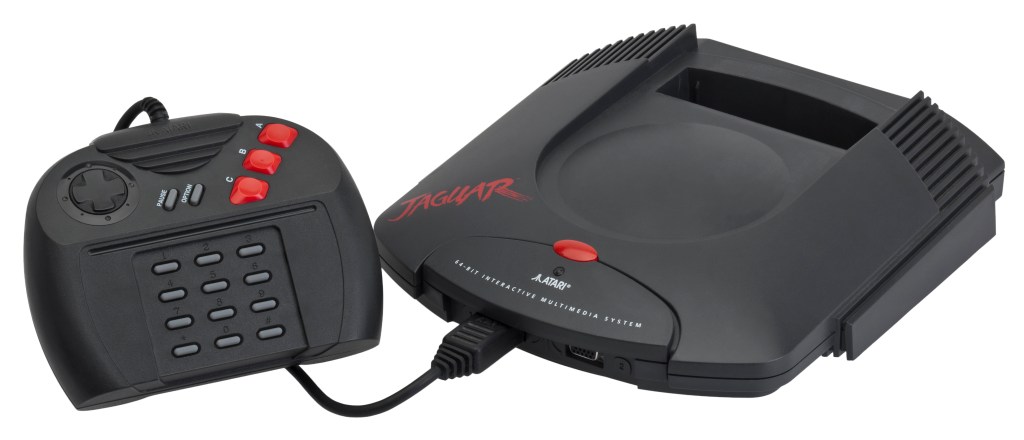
7. Truly Terrible Gaming Hardware
For the last 20+ years, Nintendo, PlayStation, and Microsoft have been reliable sources of quality gaming consoles. There have been consoles with technical problems (Xbox 360) and consoles that were generally underwhelming (Wii U), but we’ve been blessed to live in an era where you have to look pretty hard to find consoles that are strictly terrible.
It wasn’t always like that, though. At the time of their release, infamously bad consoles like the Atari Jaguar, Sega 32X, and the 3DO were seen as legitimate hardware options by quite a few consumers and retailers. While I won’t argue that many people thought the Virtual Boy was a bullet-proof purchase, it’s still amazing to think of Nintendo being so bold as to release such an obviously terrible piece of hardware with a straight face. For that matter, it’s hard to imagine ever getting another Sega Dreamcast or similar piece of major gaming hardware that is effectively dead after just a couple of years.
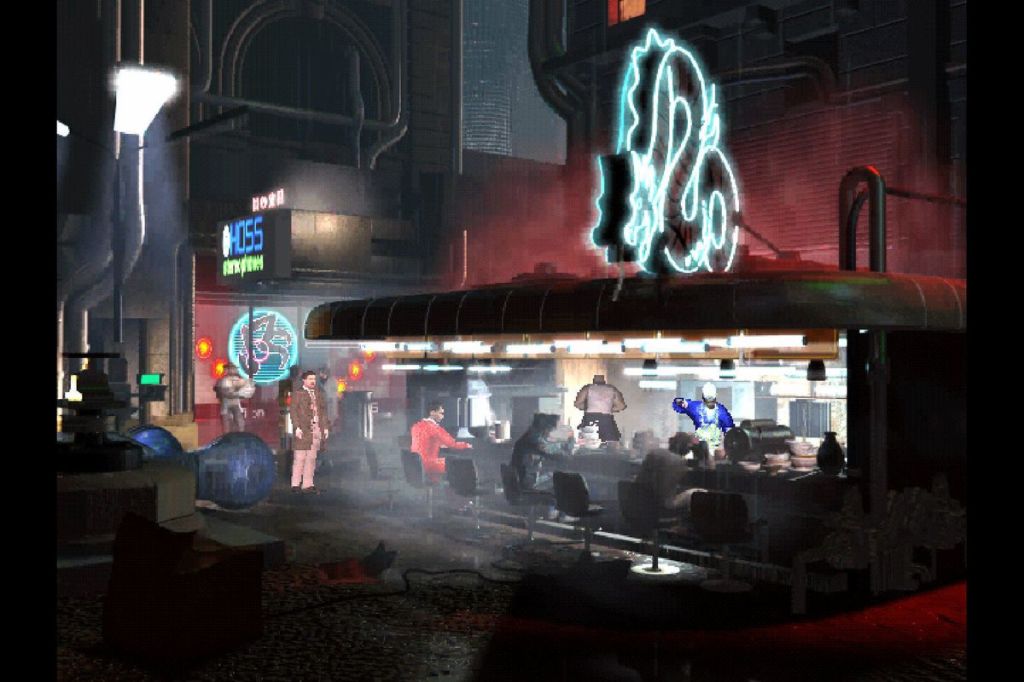
6. Few (If Any) Patches, Updates, and Fixes
Living in the age of live service gaming has been a blessing and a curse. While it’s frustrating that so many major studios see certain technological advances as an excuse to release half-finished games (or simply keep updating the same title again and again), the age of constant digital access comes with quite a few benefits. Most notably, it’s easier than ever for studios to update titles in order to fix glaring technical issues.
While such patches and updates have technically existed since the ‘80s, they used to be fairly rare and significantly more difficult to properly distribute. Mind you, it’s not like games didn’t break or weren’t shipped in a suboptimal state back then. Hell, some games were quite literally impossible to beat (or close to it) due to game-breaking issues. It’s just that gamers of that era typically learned to live with those issues (which is essentially a gamer’s generational equivalent of walking to school uphill both ways in the snow).
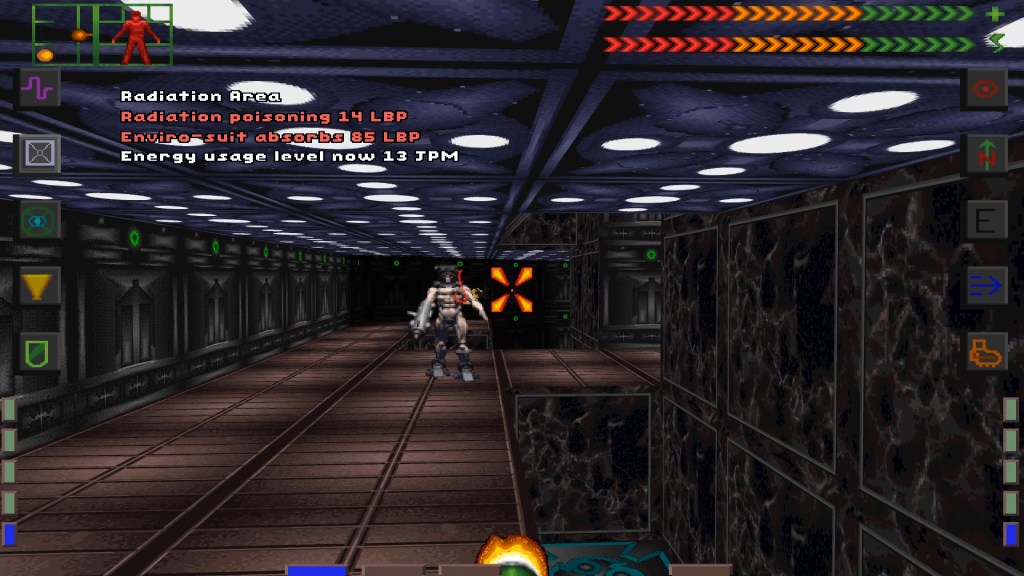
5. Broken and Confusing Controls
These days, it’s fairly easy to pick up a game and jump right in. While that joyful sensation can be attributed to a number of innovations and industry standards, one of the biggest contributing factors to that sense of familiarity is the relative quality of modern gaming controls. Many games utilize somewhat similar control schemes, and those control schemes are often refined.
For a surprisingly long period of time, though, you didn’t really know what you were going to get when you picked up a controller. Was “A” jump, or was it “B?” Did someone think it was wise to make “Up” the jump button or assign two actions to the same button? Did the controls even work at all, or were you destined to mash every button until something eventually happened? Not being able to figure out a game’s controls right away was one thing, but never being able to properly enjoy a game because its controls didn’t work was an all-too-common nightmare.
Remarkably, things got much worse at the dawn of the 3D era. Early 3D gaming was generally kind of rough, but early 3D video game controls (outside of some Nintendo titles) were enough to ruin otherwise interesting games. It took way longer than it should have for studios to figure out how 3D cameras were supposed to work, and a generation of gamers suffered because of it.

4. So Many Loading Screens
Again, there is no way I can pretend that long loading times are entirely a thing of the past. Just ask GTA Online players how they feel about load times. While the standardization of SSD technology should eventually help make load times as we once knew them a thing of the past, the fact of the matter is that some amount of loading is just a natural part of the medium.
If it has been a while since you’ve played a retro game with truly terrible load times, though, then let me tell you that you are not prepared for what you’re about to endure. Actually, it’s not just long load times. Even slightly more modern games have those. No, what really wears you down are the constant loading screens that appear when you try to do pretty much anything. Navigating between menu options? That’s a load screen. Opening a door? That’s a load screen. Failing again and again during one of those aforementioned unnecessary stealth missions? Brother, you better believe that’s a loading screen.
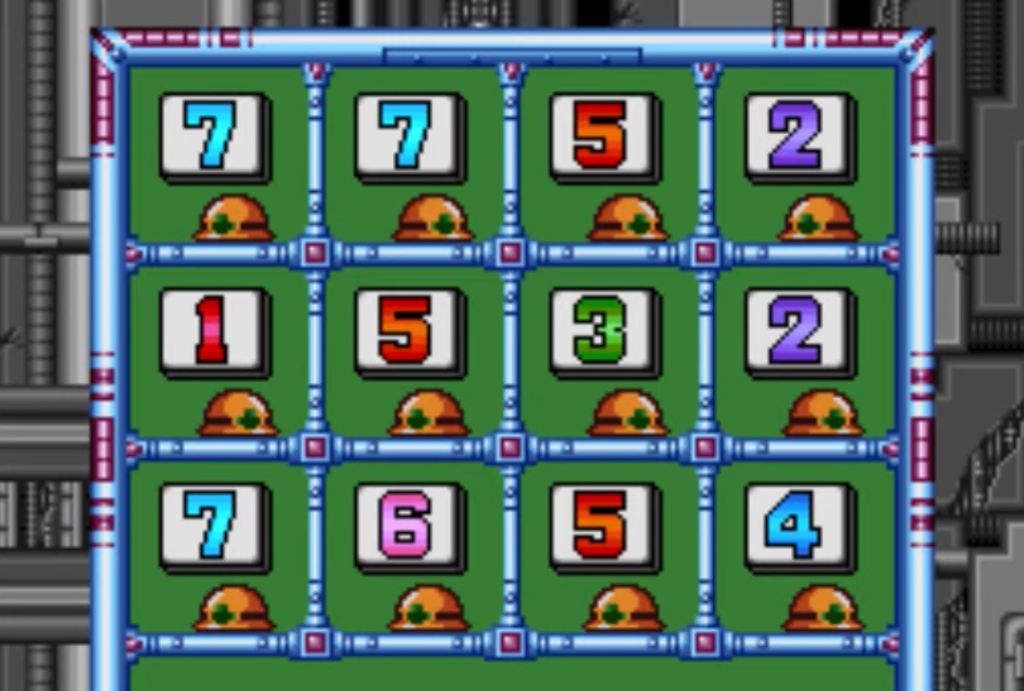
3. Passwords, Memory Cards, and Trying to Save Your Game
I genuinely believe that the easiest thing to take for granted in modern gaming is the ability to fairly easily save your progress in pretty much any game on pretty much any platform.
For that matter, one of the best parts of emulating certain retro games is the ability to create a save state and pick up exactly where you left off. “Purists” balk at that feature, but the fact of the matter is that even those retro games that wanted you to be able to save your progress often struggled to offer any reasonable way to do so.
Passwords you will never remember, memory cards that constantly needed to be managed, on-cartridge saves that were easily corrupted, accidentally overwriting limited save spots, games that only let you save in very specific places…trying to pick up where you left off in most retro games was often either impossible or so frustrating that you eventually learned to accept that any amount of progress could easily be lost forever.
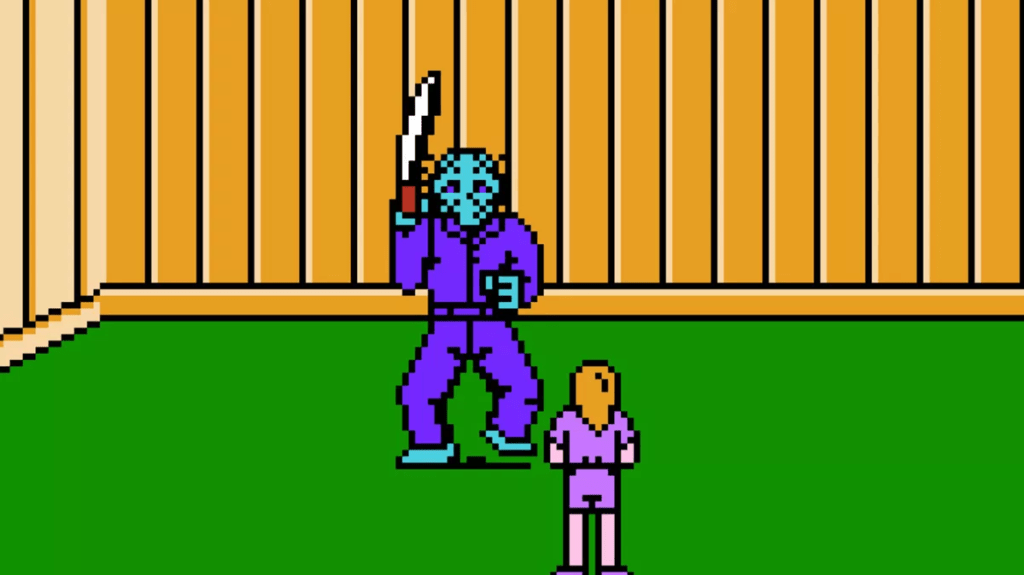
2. Unnecessarily Difficult and Confusing Games
At this point, it seems fair to say that the subject of retro gaming difficulty is destined to be divisive. For some, the “NES Hard” era (and subsequent variations of that generational concept) was a glorious time for gamers who wanted to constantly test their skills and limits. For others, it was a time of seemingly impossible games that felt like a punishment.
As is typically the case, the truth of this debate falls somewhere in the middle. Yes, a well-crafted level of difficulty can enhance an experience, but let’s not pretend that is what all retro games were offering. One-hit deaths, new player traps, and frustrating platforming puzzles were all hangovers from an era of arcade gaming where most machines were designed to deprive you of as many quarters as possible while leaving you with the false impression that you can get it right on the next run.
However, I’ve never heard anyone successfully defend the era of genuinely confusing video game design. A stunning number of retro titles regularly presented you with challenges that defied all logic and were essentially impossible to overcome if you didn’t have a guide. Mind you, I’m not just talking about adventure game puzzles. Trying to simply get from one area of a screen to another in certain NES and SNES titles was often as challenging as overcoming some of the most glorified difficult games of those eras.

1. Not Being Able To Find The Game You Really Want
Although much of this list is not presented in any particular order, I really do feel like this was the worst thing about retro gaming. At the very least, it’s the worst thing about retro gaming that few people talk about.
Let’s say you’ve just read about this game that sounds absolutely incredible and you need to have it right away. For me, it was Harvest Moon. I read about the game in Nintendo Power, and something about it spoke to my SimCity-loving heart. Unfortunately, I was never able to find a copy of Harvest Moon. I couldn’t find want to rent, I couldn’t find one to buy, and I never knew anybody who owned or even played it.
It turns out that Harvest Moon was a fairly rare game for its time, but that wasn’t always the case. If your local stores didn’t have a copy of the game you wanted, you may have already been out of luck. Maybe you could find a catalog that sold a wider selection of games at inflated prices, but there were few guarantees. The situation was even worse for anyone who lived in more rural areas. The closest store to me that rented video games was a feed and farm supply store that had a small video section in the back. Their options were…limited (and weirdly never included Harvest Moon).
Hearing about a game, having the money to buy it, and buying it is one of the easiest and most essential parts of the modern gaming experience. The fact that the same process could so often become the bane of your existence makes this the most frustrating aspect of the retro gaming experience.
